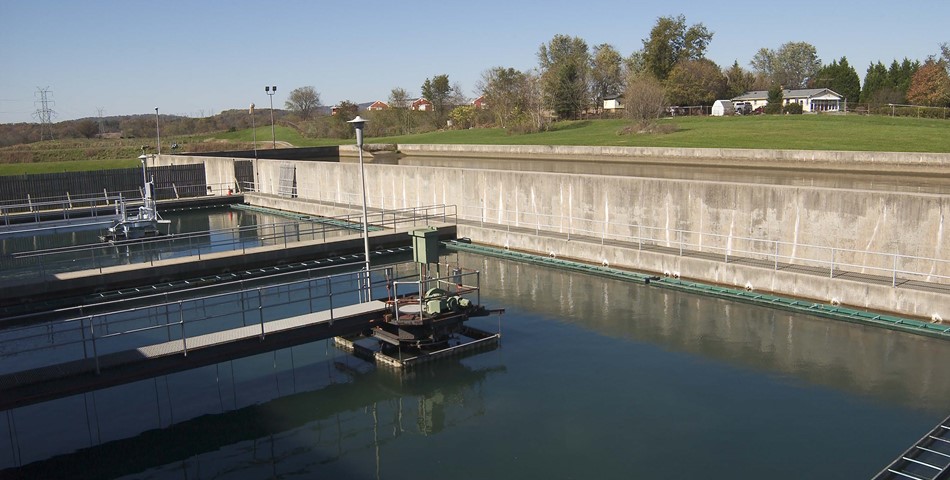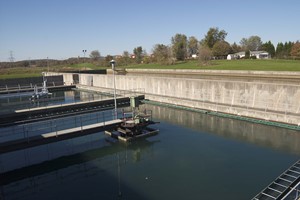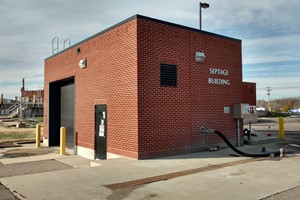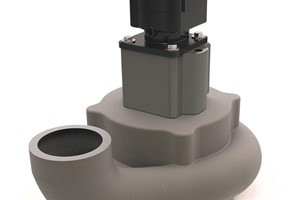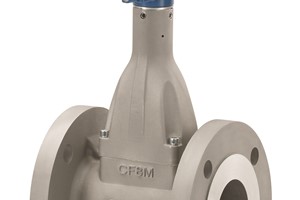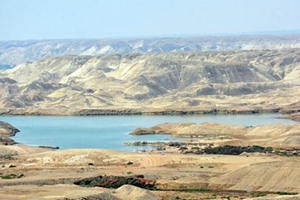According to Global Water Intelligence, the dynamics between desalination, reuse and traditional water sources depend heavily on differing regulations, costs and political climates from local to regional contexts.
Local water scarcity issues, along with water reuse and recycling policies that can be difficult to design and implement, meaning that navigating this fragmented market remains a challenge. However, with new technologies, shifting public opinion and developing water recycling programs to enhance existing utility systems, there are now major opportunities to provide cost-effective and sustainable innovative solutions.
The need to secure future water supplies, in the face of increasing demand and uncertain water availability, is driving adoption of water reuse in the U.S. According to Bluefield Research, municipal water reuse systems will reach over USD21.5 billion between 2017 and 2027, including more than 775 projects in the development pipeline across 19 states. At the epicenter are three states- California, Texas and Florida- which represent 80% of planned capacity additions. In fact, this increasing focus on resiliency and water supply risk is driving investment in water reuse, or reclaimed wastewater solutions. New capacity additions in the U.S. municipal water sector are forecasted to surpass USD21.5 billion.
"Climate volatility, such as the hurricane in Houston and California's five-year drought, are forcing municipal utilities to seek alternative strategies to de-risk existing water supplies, and water reuse has become key solution in their contingency plans," says Erin Bonney Casey, Bluefield Research Director. "Just look at the rise in reuse projects in the pipeline. In 2015, Bluefield monitored 247 projects across 11 states. Now we are tracking more than 775 reuse projects across 19 states," added Bonney Casey. Furthermore, at the epicenter of U.S. reuse activity are three states- California, Texas and Florida.


These three states represent 80 percent of planned capacity additions. Even after the rains arrived last year, California utilities demonstrated a paradigm shift by proceeding to move forward with more than 6.0 million m3/d of new reuse supplies, including systems for potable application. It is expected over 2.2 million m3/d of potable capacity additions over the next decade, across the U.S., mainly in urban centers. "Central to the adoption of potable reuse are California regulators, who are progressing towards a streamlined potable reuse policy. This is important nationwide, because the passage of a dedicated policy is expected to serve as a template for other state regulators seeking to facilitate efficiencies in water usage," according to Bonney Casey.
With investment in municipal reuse expected to grow 15% over ten years, compared to only 1% annually for municipal water infrastructure generally, reuse presents a major growth opportunity in a traditionally slow-paced sector. The majority of CAPEX spend for reuse over the next decade will go to pipes (42%), advanced treatment technologies & solutions (40%), and engineering & design (13%).Competition is high, as the potential for growth and more advanced systems has attracted a host foreign and domestic player. Market growth, coupled with demand for potable water solutions, benefits those firms supplying reverse osmosis, ultraviolet, and membrane bioreactor systems, among others.
As a result, companies like IDE Technologies, Trojan UV, Calgon Carbon, GE, and Xylem are poised for growth. While much focus is centered on municipal utilities, industrial companies are expanding their role in water reuse adoption, as an off-taker for treated wastewater to supplement their ongoing water needs. Bluefield has identified electric power plants, oil refineries, and upstream oil & gas players as the biggest opportunities for reclaimed wastewater. "Historically, irrigation for agriculture, urban green spaces, and golf courses have been the primary applications," says Bonney Casey. "But now, we see craft breweries and data centers using recycled wastewater, as well as an increasing interest in onsite, or decentralized reuse systems, in commercial facilities for toilets, cooling, and landscaping."



